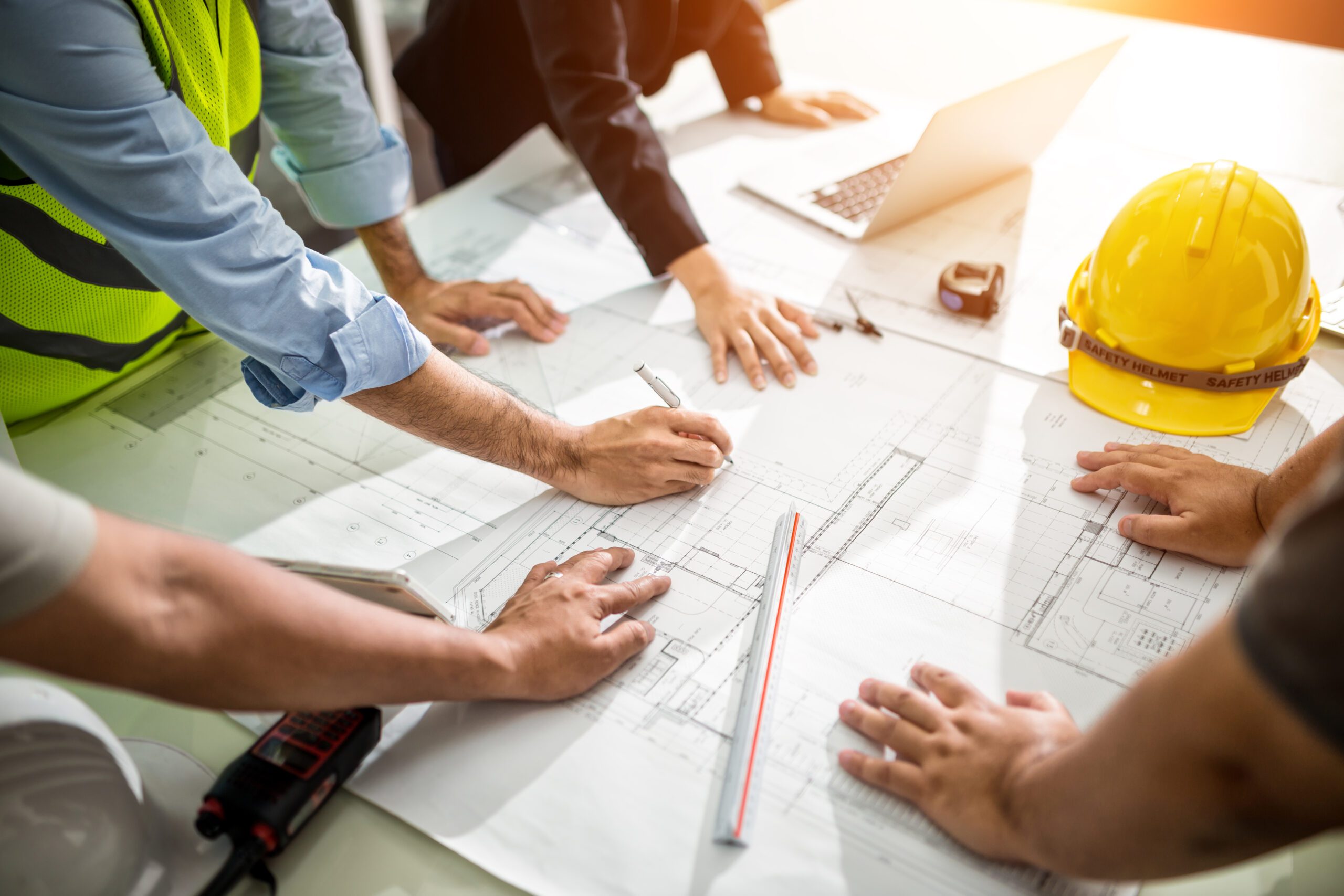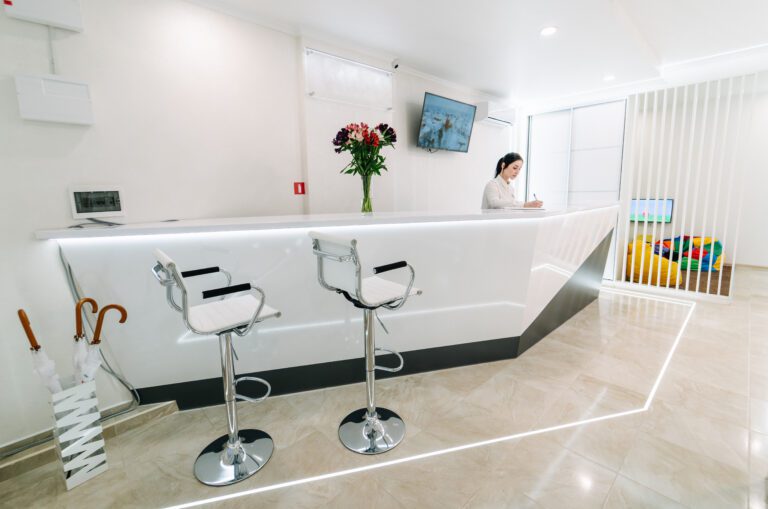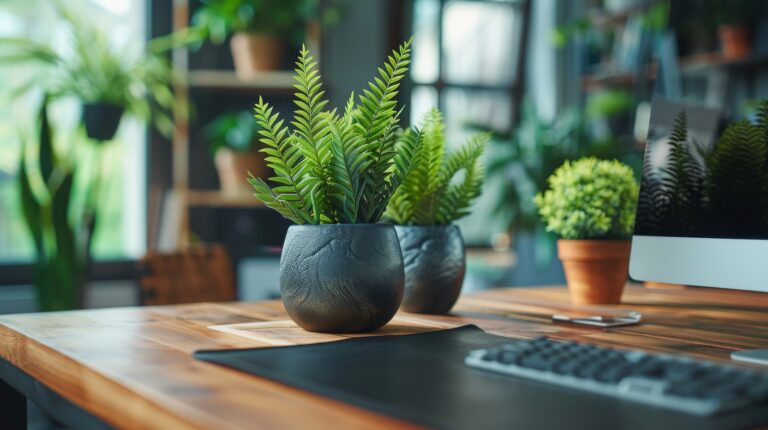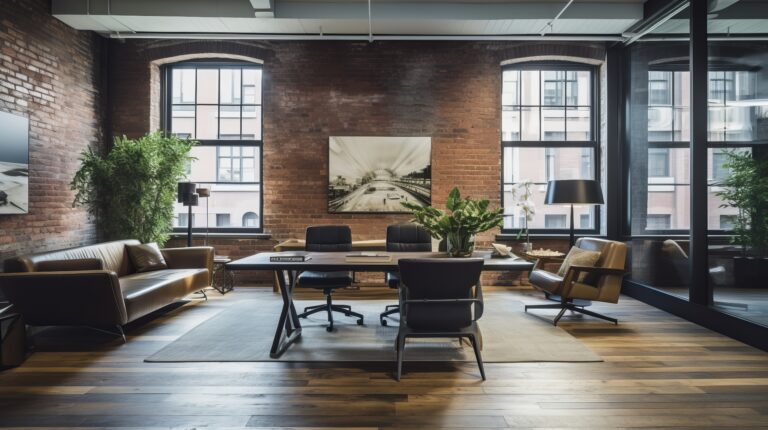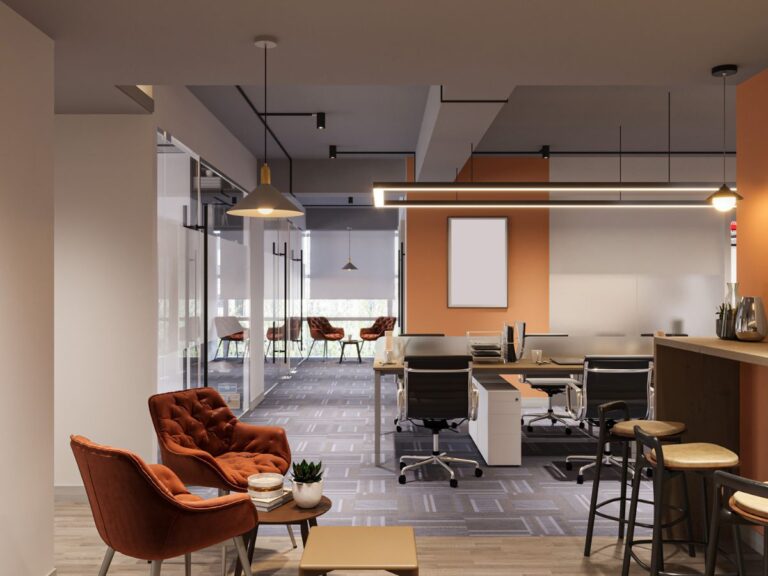In today’s fast-paced and competitive business landscape, the physical environment of your office plays a crucial role in shaping both employee productivity and client perception. Partnering with a commercial interior designer isn’t just about creating a visually appealing space; it’s about crafting a distinctive environment that reflects your company’s values, enhances workflow efficiency, and fosters a sense of creativity and collaboration among your team. From innovative layouts to customised furniture solutions, collaborating with a skilled designer can transform your office into a dynamic hub that inspires both employees and visitors alike.
Define Your Vision
Before engaging with a designer, it’s crucial to articulate your vision for the office space. Clarify your objectives, considering aspects like functionality, aesthetics, and brand representation. Reflect on your company culture and the atmosphere you want to foster. Determine practical needs such as workspace layout, storage requirements, and technology integration. Communicating these details effectively to the designer will ensure a tailored approach that aligns with your goals, resulting in a workspace that enhances productivity, creativity, and employee satisfaction.
Research and Select a Designer
When scouting for commercial interior designers, prioritise those boasting a track record in crafting innovative and functional office environments. These professionals possess the keen eye to blend creativity with practicality, ensuring your workspace not only captivates visually but also enhances productivity and efficiency. Look for evidence of their past projects, paying particular attention to how they optimised spatial layout, incorporated ergonomic designs, and fostered a conducive atmosphere for collaboration and focus. With experienced designers at the helm, your office space can evolve into a dynamic hub that reflects your company’s ethos while empowering your team to thrive.

Initial Consultation
Schedule a meeting with the selected designer to thoroughly discuss your project requirements, budget constraints, and desired timeline. This session will provide an opportunity to align expectations, establish clear objectives, and ensure the designer fully understands your vision. Effective communication at this stage is crucial for a successful collaboration, allowing the designer to tailor their approach to meet your specific needs and deliver outstanding results within the outlined parameters.
Collaborative Design Process
Collaborating closely with the interior designer throughout the office design process ensures a harmonious blend of functionality and aesthetics tailored to your specific needs. From conceptualisation to execution, this partnership fosters a seamless integration of spatial layout, furniture selection, and decorative elements, reflecting your brand identity and enhancing employee productivity and well-being. By maintaining open communication and exchanging ideas, you can contribute valuable insights while leveraging the designer’s expertise to create an inspiring and conducive work environment that aligns with your vision.
Attention to Detail
Pay attention to every aspect of the office design, from the overall layout to the smallest decorative details. Consider factors such as lighting, acoustics, ergonomics, and sustainability to create a comfortable and inspiring workspace. Don’t overlook the importance of functionality and practicality in addition to aesthetics.

Budget Management
Collaborating closely with the designer, it’s crucial to establish a pragmatic budget that aligns with the project’s scope and vision. By identifying key design elements that are essential to achieving the desired aesthetic and functionality, priorities can be set to allocate resources efficiently. This process ensures that the project stays within financial boundaries while still delivering on crucial aspects of the design, resulting in a balanced and successful outcome.
Project Management
Ensure clear communication and coordination between all parties involved in the project, including the designer, contractors, and suppliers. Establish a project timeline with milestones and deadlines to keep the project on track. Regularly review progress and address any issues promptly to avoid delays.
Final Review and Implementation
Once the design is finalised, review the plans and specifications with the designer to ensure everything meets your expectations. Coordinate with contractors to implement the design according to the approved plans. Conduct a final walk through to ensure that the finished space aligns with the design vision.
For more information on commercial interior design, contact us today. We’ll take the time to meet with you and understand your office needs. From there, we’ll put together a plan to build out your space to ensure the most productive and positive work environment.
Contact QTC Build today for more information and to get started.

